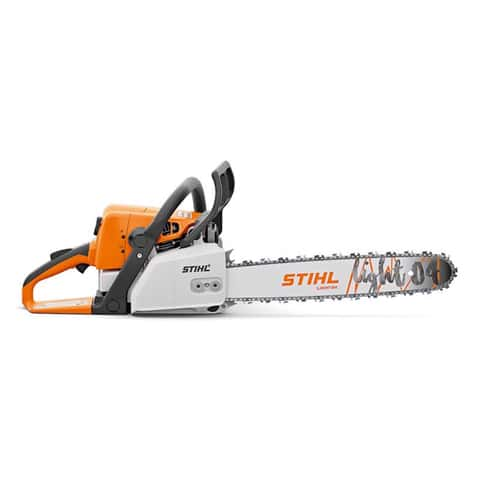Welding is a critical process in various industries, from construction and manufacturing to aerospace and automotive. Ensuring the integrity and quality of weld joints is paramount to guarantee safety, reliability, and performance. This is where the science of weld joint testing, with its emphasis on precision, comes into play. Weld joint testing is the systematic evaluation of welded connections to identify defects or irregularities that could compromise structural integrity. Precision in this context refers to the meticulous and accurate methods used to assess the quality of welds. Here, we delve into the techniques and practices that underscore precision in weld joint testing. Non-Destructive Testing NDT is a cornerstone of weld joint evaluation. Techniques like radiography, ultrasonic testing, magnetic particle inspection, and liquid penetrant testing allow inspectors to scrutinize welds without altering or damaging the workpiece. Radiography uses X-rays or gamma rays to create an image of the weld, while ultrasonic testing employs high-frequency sound waves to detect imperfections.

These methods demand a high degree of precision in equipment calibration and data interpretation, ensuring that even minuscule flaws are not overlooked. Visual inspection is another critical aspect of weld joint testing. It may seem rudimentary, but it requires precision in both technique and observation. Inspectors must have a keen eye for detail to detect surface imperfections, such as cracks, porosity, or incomplete fusion, which might compromise the weld’s strength. This visual scrutiny is often supplemented by the use of magnifying glasses, borescopes, or endoscopes to access hard-to-reach areas. Mechanical testing methods, including tensile, impact, and bend tests, put welds through controlled stress to assess their mechanical properties. Precision here is vital in sample preparation, specimen alignment, and test conditions. Tensile tests measure a weld’s resistance to axial loading, while impact tests assess its ability to withstand sudden forces. Bend tests, on the other hand, evaluate the weld’s ductility and adherence to specified standards.
In the quest for precision, it is essential to adhere to established welding codes and standards, which provide guidelines for weld quality and testing procedures. Codes such as those issued by the American Welding Society AWS or the International Organization for Standardization ISO offer a framework for weld inspection and acceptance criteria. Weld joint testing does not end with the initial assessment. Periodic inspections and post-weld heat treatment verifications ensure the ongoing quality of welds throughout their service life and click site https://atslab.com/welding-testing/weld-joint-testing/. Advancements in technology, such as digital radiography and automated ultrasonic testing, have further enhanced the precision and efficiency of weld joint testing. These innovations enable real-time data analysis and provide detailed records, contributing to the overall quality assurance process. In conclusion, precision in the science of weld joint testing is more than a buzzword; it is a fundamental requirement for safety and reliability across various industries. Meticulous attention to detail, adherence to established standards, and the integration of advanced technologies are the cornerstones of precision in this critical field. As welding continues to be a vital aspect of modern manufacturing and construction, the science of weld joint testing remains indispensable in ensuring the longevity and safety of welded structures.





